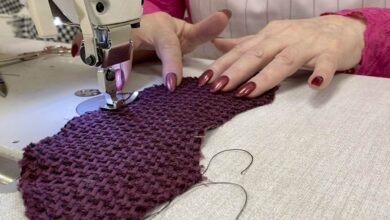Are We Victims of Misleading Advertising?
Today, more than ever, our purchases are influenced by images published on web portals, advertising banners, and digital applications. But one wonders how real they are in reference to what we actually buy.

The Woman Post | María Claudia Londoño D
Listen to this article
In the case of fast foods, they have been promoting the purchase of applications installed on mobile devices, and thus, through an image, we make purchase decisions. The same happens with online purchases over the internet.
There are many cases in which consumers complain because when the product or garment arrives in their hands, it is totally different from what was advertised. Are they misleading advertising practices?
A case of this is happening with the Mcdonald's and Wendy's chains, which are facing a class-action lawsuit from buyers in New York, alleging that the images are far from the products they finally deliver. The size of the meat, the dressings, the size of the hamburgers, and other ingredients that are advertised in an appetizing way, are not. The same happens with a lawsuit against Burger King filed by the lawyer Anthony Russo.
Another attorney involved in this litigation, James C Kelly, believes it is very important that the interests of consumers are protected against these misleading advertising strategies.
On the other hand, for advertisements, photographs, and videos, design and photography specialists are hired who use make-up techniques, lighting, and other elements to make the food look fresh and tasty and, of course, better looking and larger than it is.
Ellie Stern uses various techniques as a food specialist and stylist so that each ingredient looks its best and becomes a really attractive image. Thus her customers are satisfied with what is offered through her ads, attracting more consumers and increasing their sales.
Also read: YOUR PARTNER DOESN'T WANT CHILDREN?
But this stratagem is bringing them difficulties, complaints, and lawsuits. Increasingly, consumers are becoming aware that what they buy must be in line with what is offered. These fast-food giants will have to defend themselves and probably change their tactics to provide a quality menu that justifies the cost of the consumer's product.
Social networks are a very powerful tool. Through videos, photographs, and comments about bad experiences, collective lawsuits are generated that undoubtedly generate tremendous pressure on companies and the necessary response and action since they are in the sights of thousands of buyers who use social networks to inform themselves.




